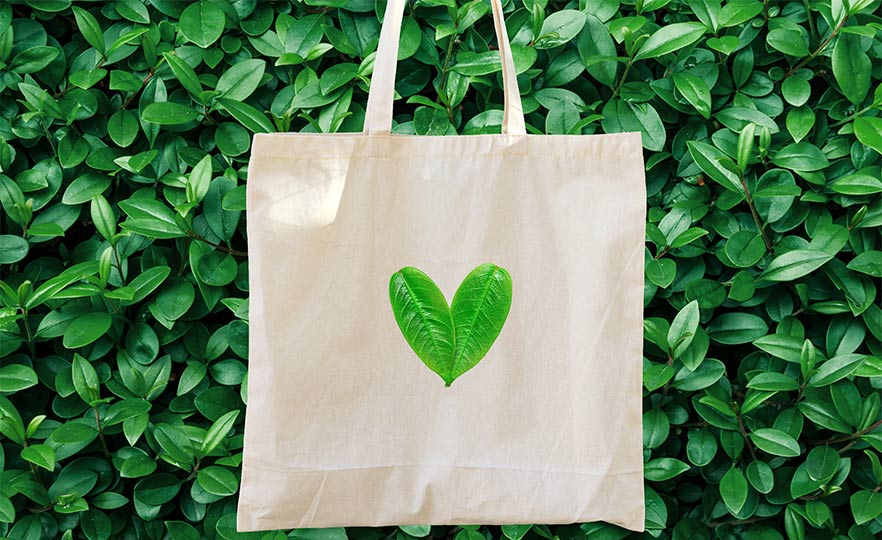6 Dec 2019
SUSTAINABLE HOME: Combine ethics with aesthetics by joining the circular fashion movement
 This is part of the new Sustainable Home series.
This is part of the new Sustainable Home series.
It’s that time of year again where we have social occasions coming out of our ears.
Christmas parties, outings with friends, the big New Year’s Eve celebration... there’s so much going on and many of us feel we must show up to our commitments wearing something new and exciting.
This pressure to buy new items extends beyond the festive period, but fast fashion is damaging our bank accounts and, more importantly, the planet.
According to the Waste and Resources Action Programme (WRAP), around £140m worth of clothing goes into landfill each year and clothing has the fourth largest environmental impact after housing, transport and food.
Textiles expert Dr Chetna Prajapati has shared her top tips for creating an environmentally-friendly wardrobe that supports the ‘circular fashion movement’.
She explained: “In a circular fashion system, every part of the lifespan of a fashion product is cyclical.
“It is designed from renewable sources, produced ethically and sold with the intention of being used and circulated responsibly and effectively in society for as long as possible, then once the item does reach its end-of-life, it is either recycled or safely returned to the environment. Therefore, never-ending up at waste and reducing the industry’s impact on the planet.
“The current fashion system is linear, we take-make-dispose. This system puts pressure on valuable resources such as water, pollutes the environment and degrades ecosystems in addition to creating societal impacts on a global scale.
“In fact, on average, clothing is only used for 3.3 years before its discarded or passed on.
“A circular fashion consumer is a more thoughtful and conscious consumer of fashion – and hopefully my advice will help more people join the movement.”

Dr Prajapati’s top tips for keeping your wardrobe stylish and sustainable are:
- Get to know your wardrobe: Identify gaps in your wardrobe before going shopping to reduce impulse buying and purchasing duplicate items. It will also help you build a versatile wardrobe that works for you. Ask yourself, do you need to buy at all?
- Buy less and buy better: Favour buying investment pieces over fast fashion and choose quality as opposed to quantity. Better made garments will last longer and outperform cheaper alternatives after many wears
- Hire: Hiring, renting and leasing clothing, especially luxury or occasion wear items for those special and one-off occasions, is a good alternative to buying items, especially when you are unlikely to wear those items frequently. This can save you money and wardrobe space and it's better for the planet than buying new
- Brands: Buy from brands that support sustainable sourcing and manufacturing processes. Choose items that have been produced using renewable natural fibres or sustainably sourced fibres. Where possible, buy items manufactured in the UK as the carbon footprint is generally far less than those produced overseas
- Opt for second-hand: Buy pre-owned or vintage clothes over new. Buying pre-owned clothes is a great way of getting a new look for a fraction of High Street prices. Buying vintage can also offer an exclusive look to you as there are items you won’t find in stores today
- Give your clothes a second life: Extend the life of your clothes by donating unwanted items to charity and second-hand shops. Or give them to your friends! If clothes are heavily worn or damaged, don’t bin them! Recycle through doorstep collections, recycling banks, or local authority recycling centres
- Look after your wardrobe: Read care labels, try to avoid washing garments unnecessarily and wash, where possible, at 30°C and line dry. Also, look to repair and alter items to extend their lifespan.
This is the third video released as part of the Sustainable Home video series. Previous videos have been on food waste and recycling.
To keep up-to-date with the Sustainable Home series, visit the Media Centre video and audio subsection.
Want to give clothing presents this Christmas? Dr Prajapati’s colleague Dr Kerri Akiwowo has also shared her tips for ensuring your clothing gifts are sustainable. Her article can be found here.














